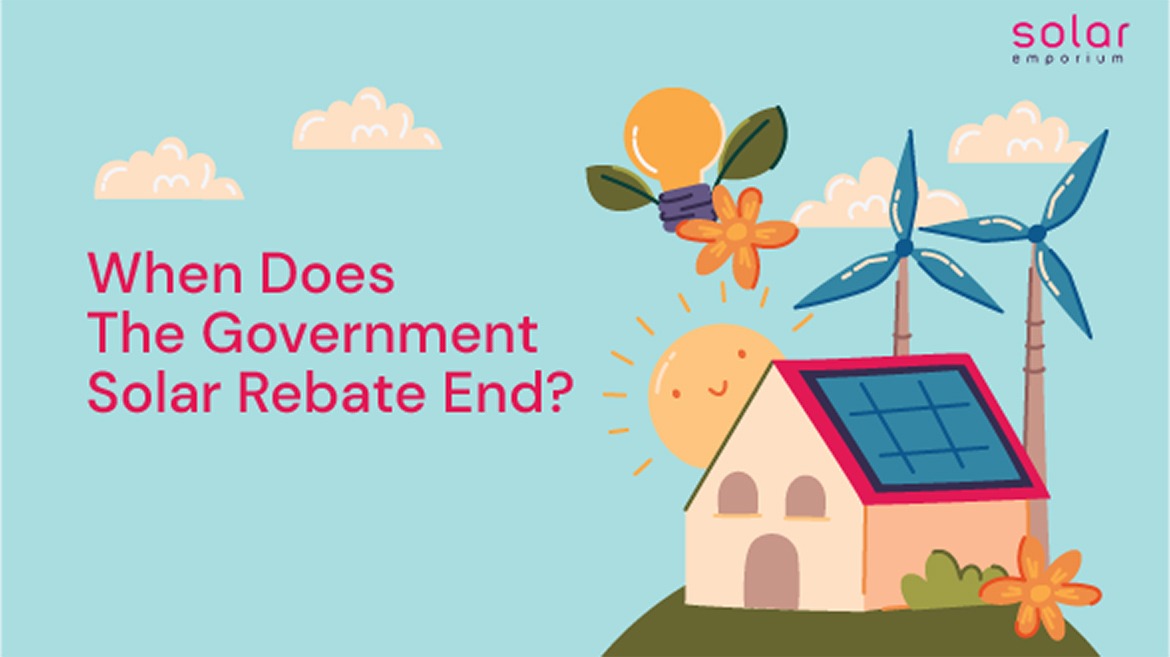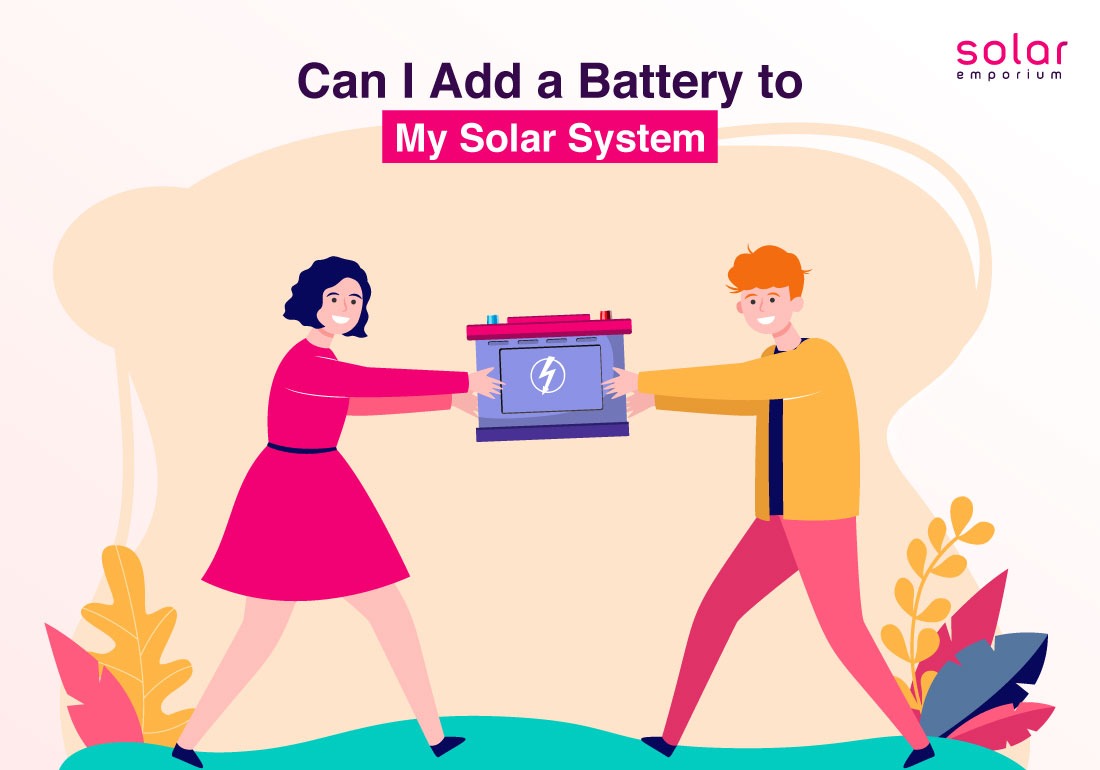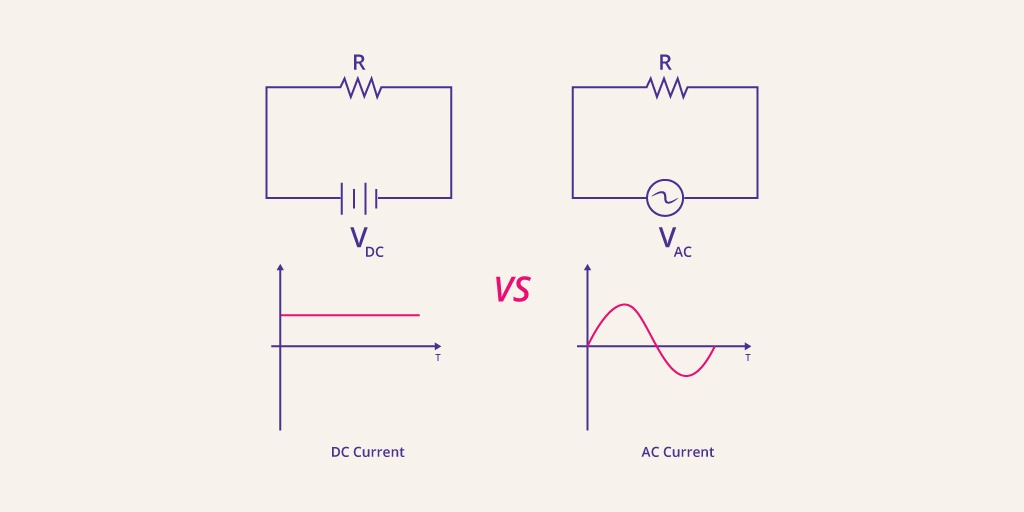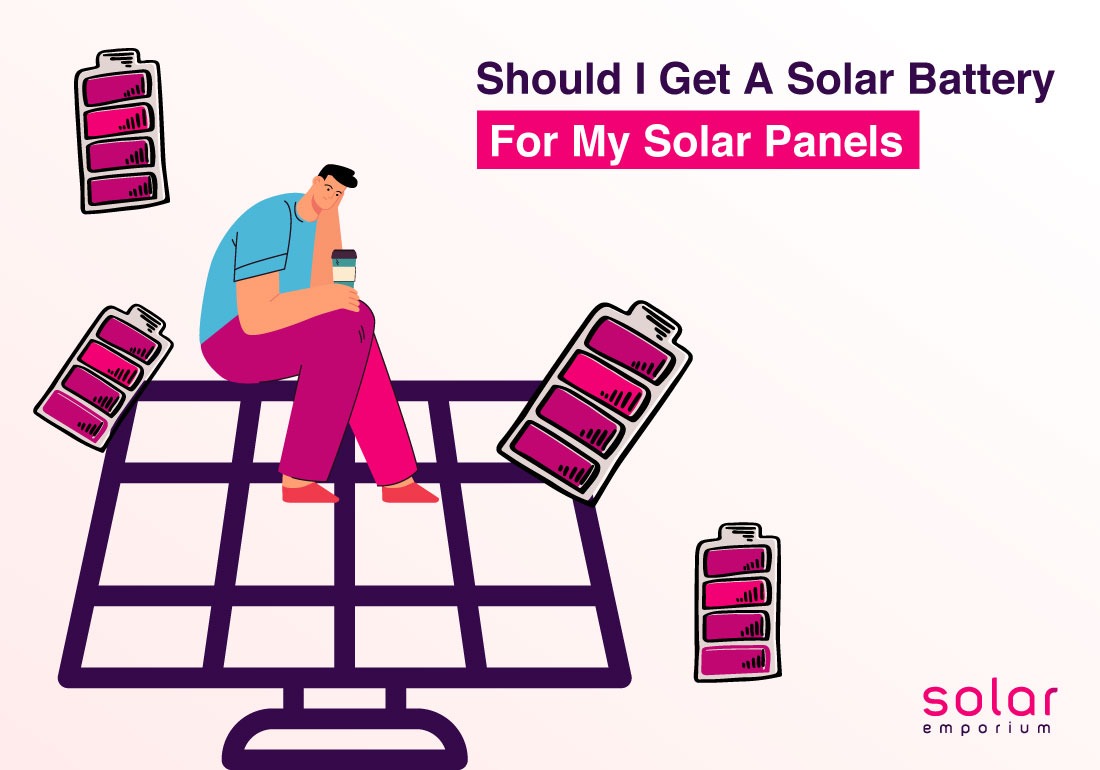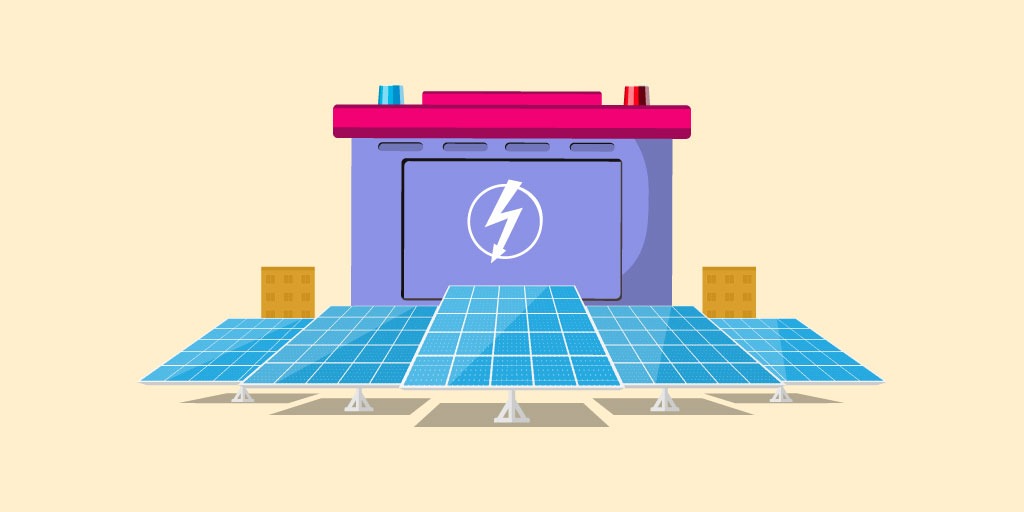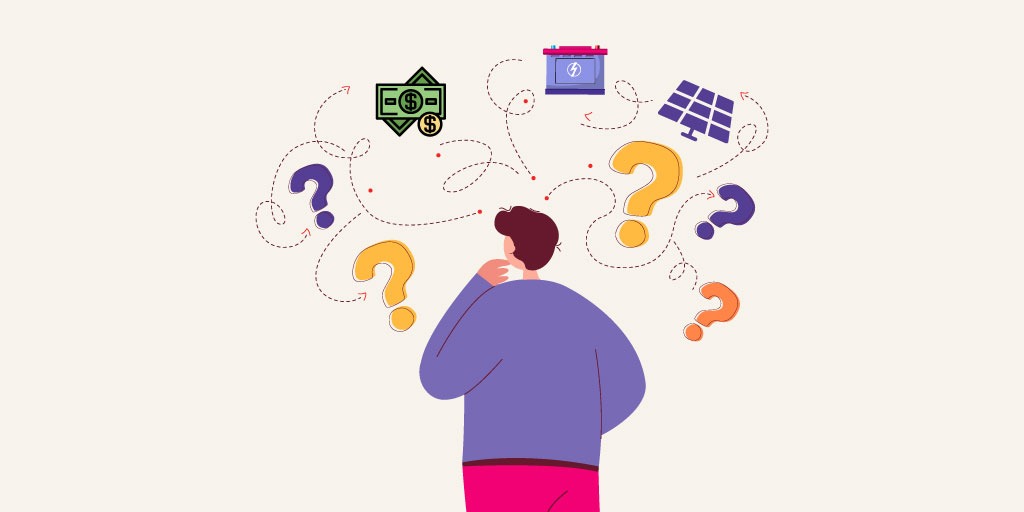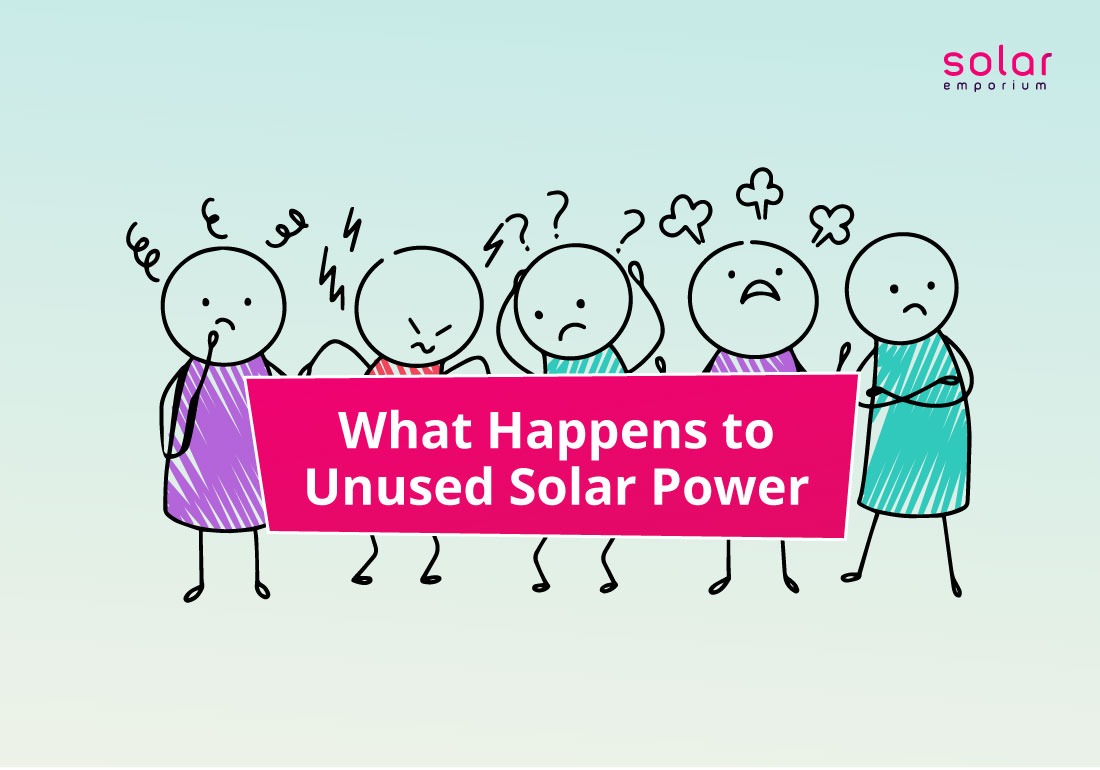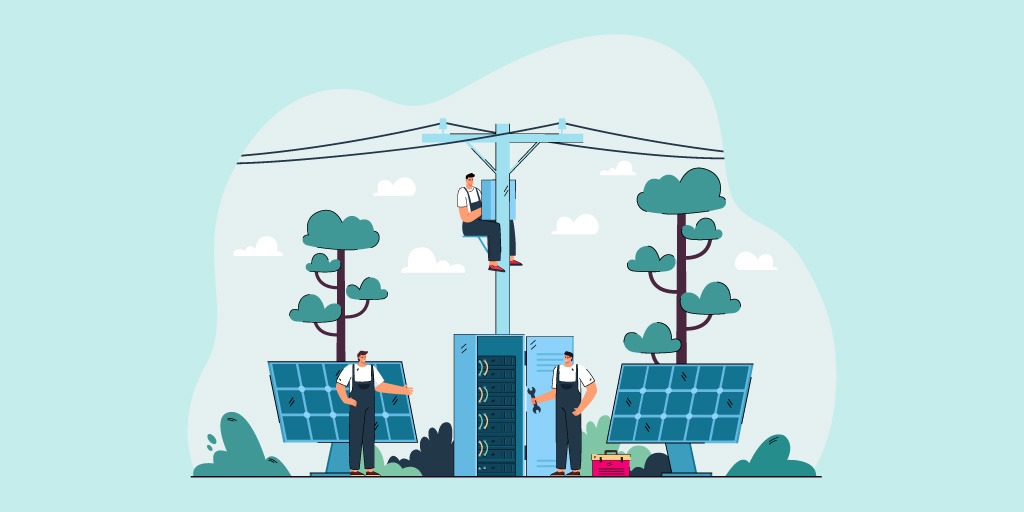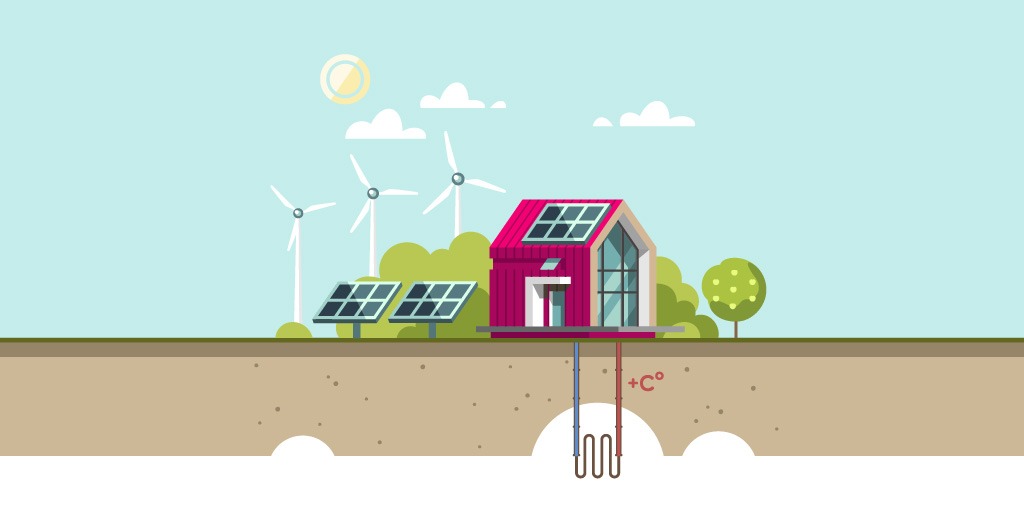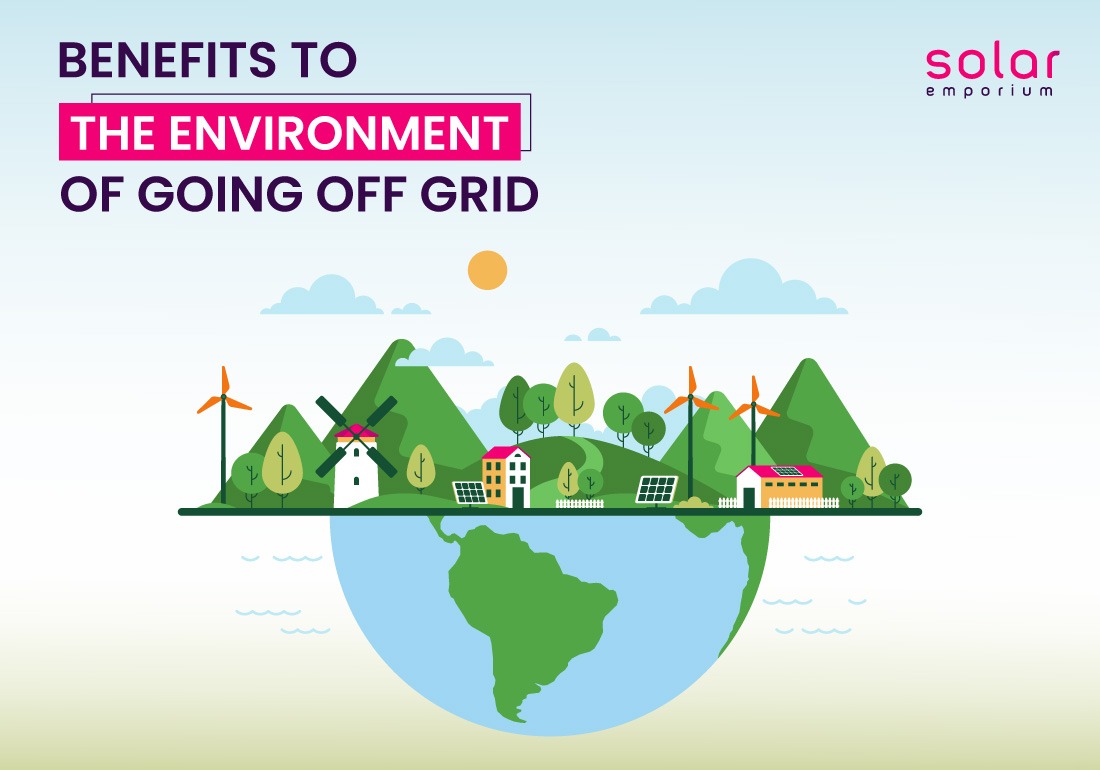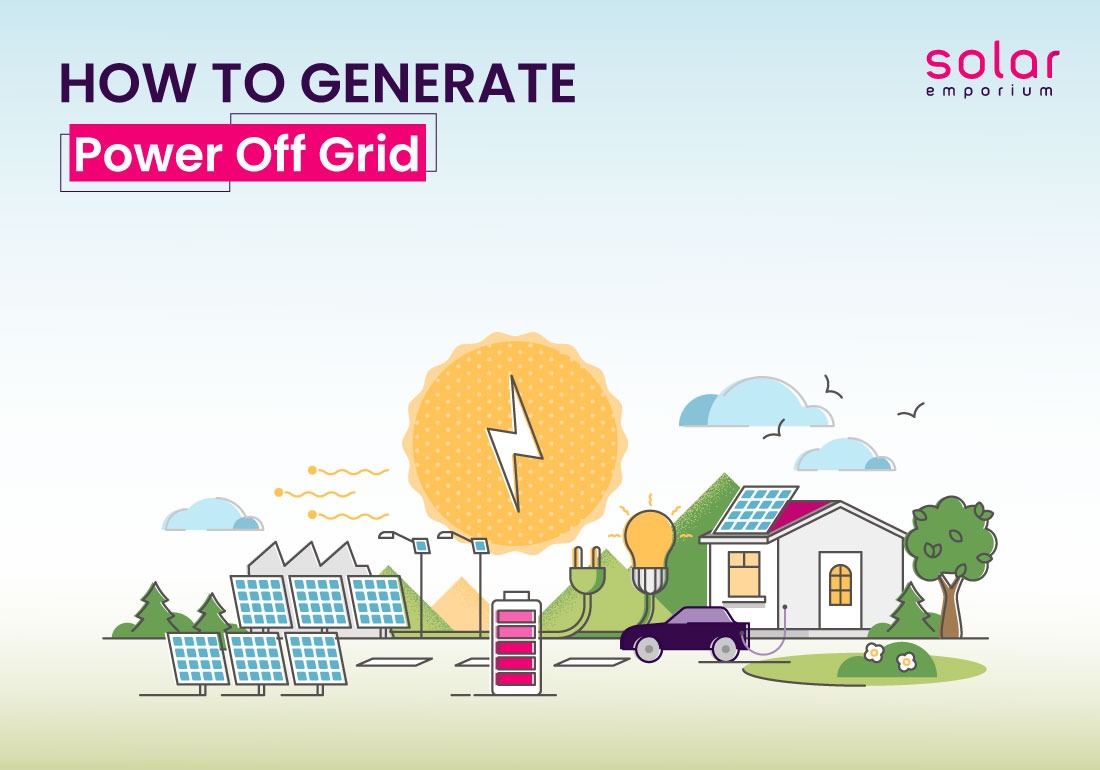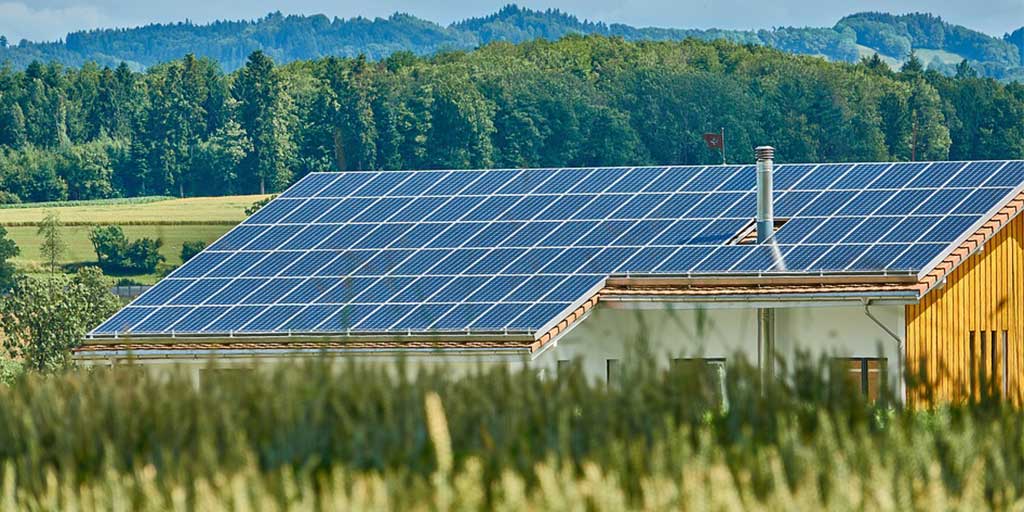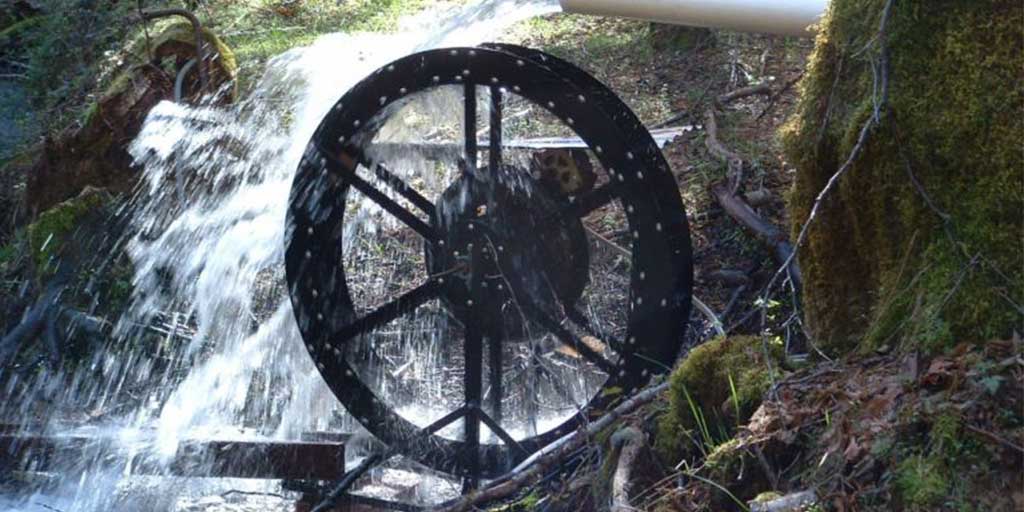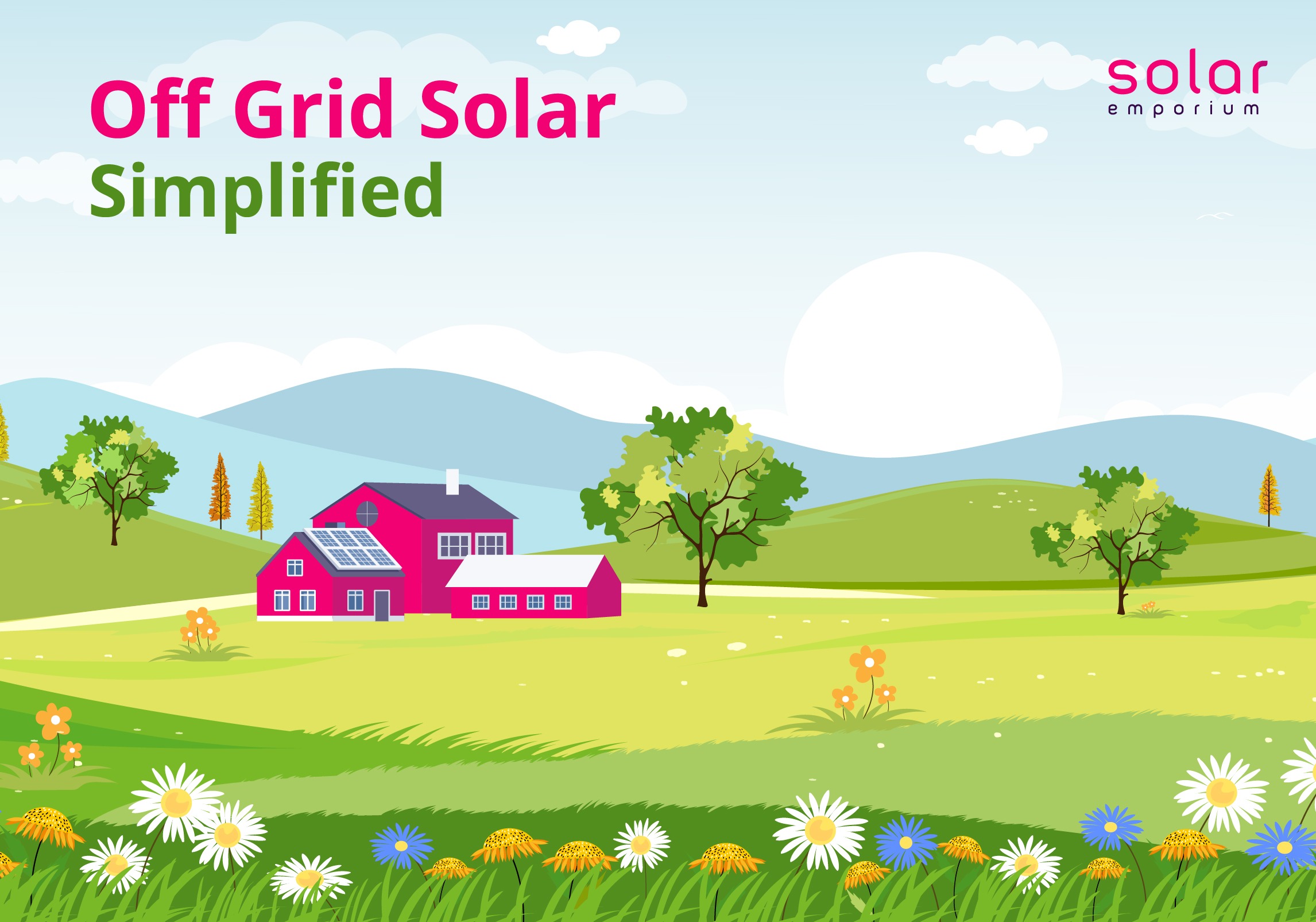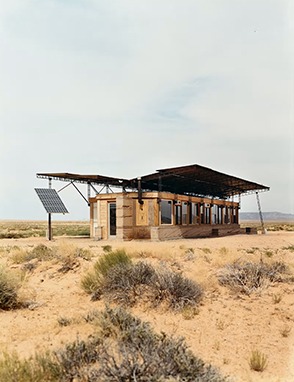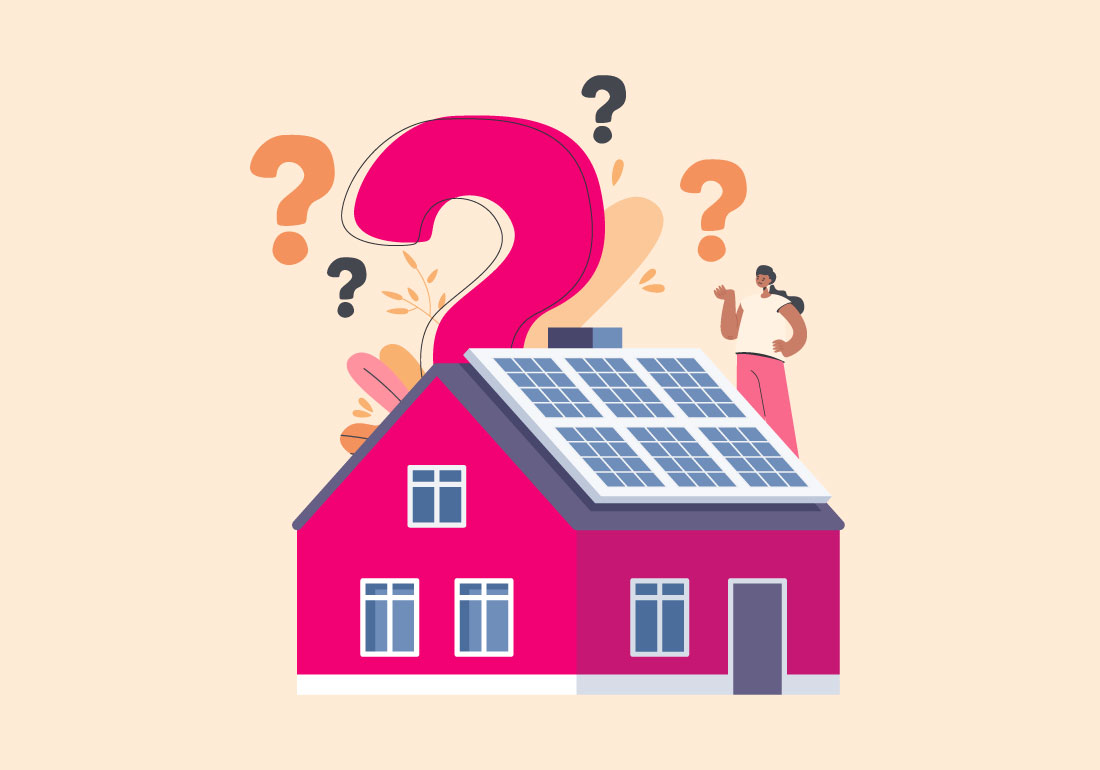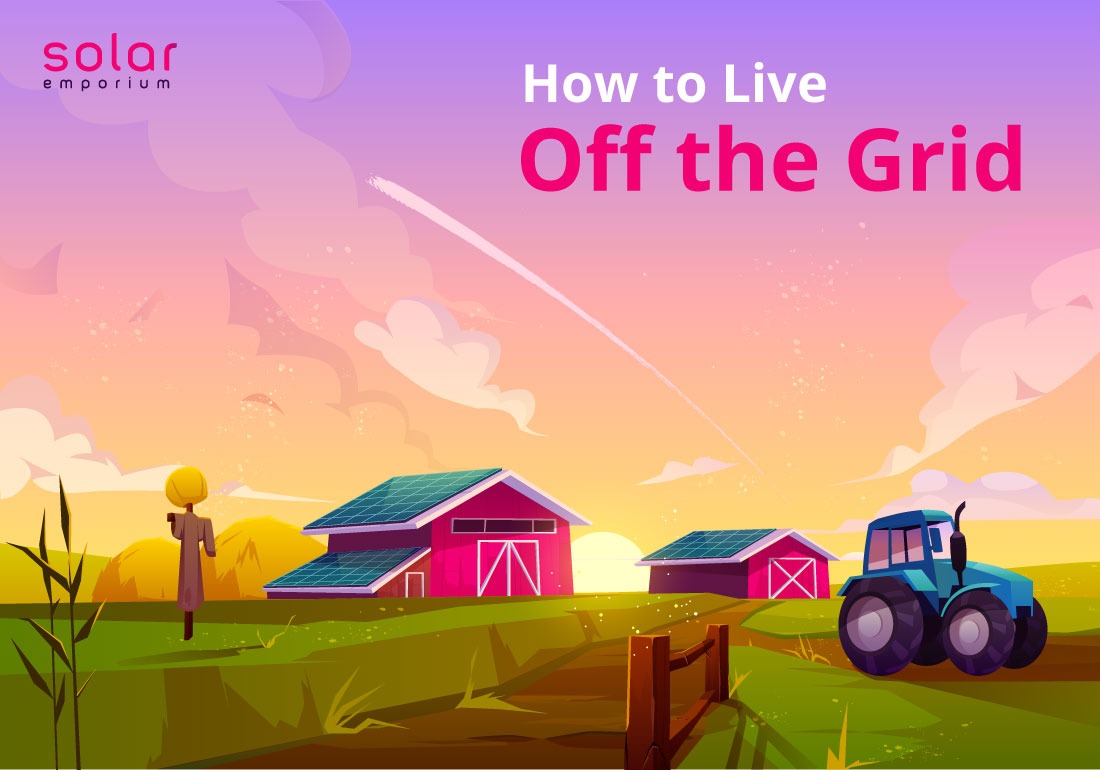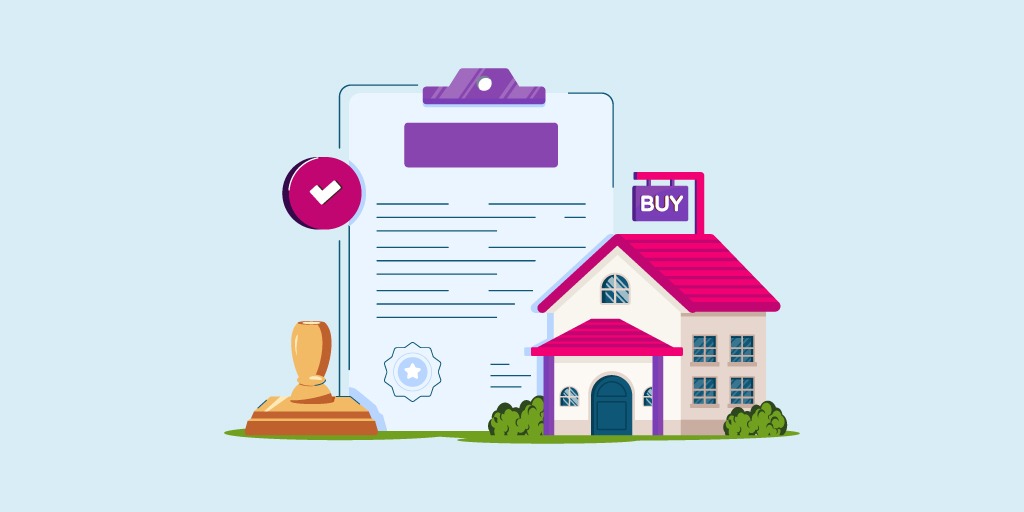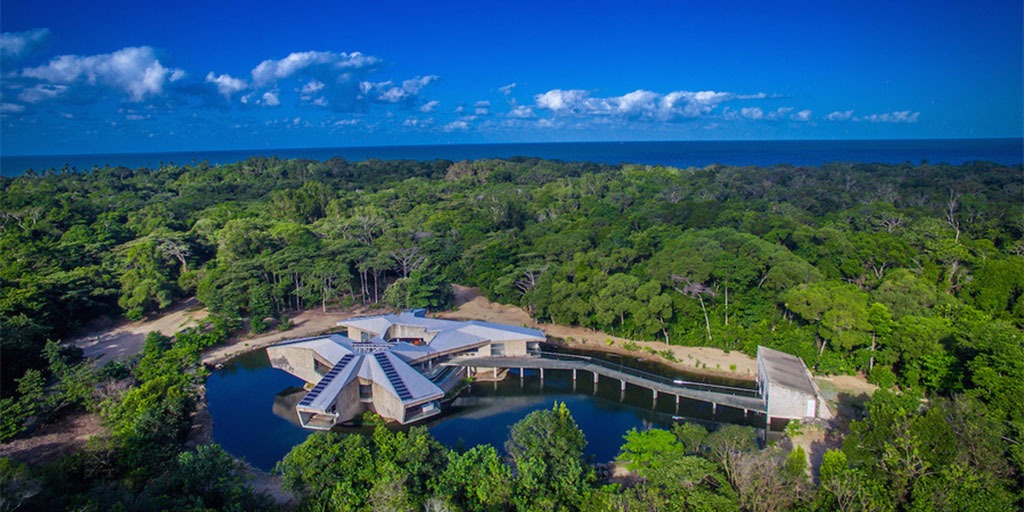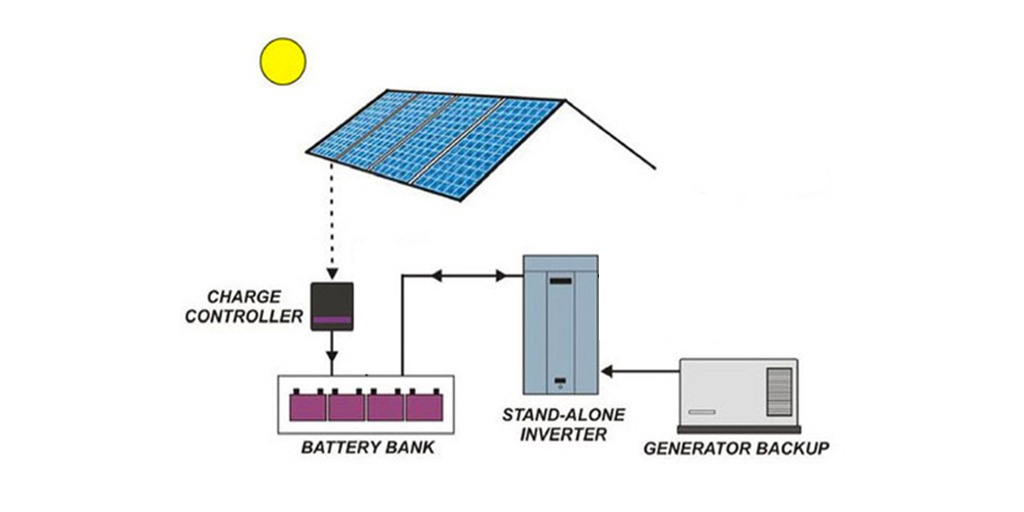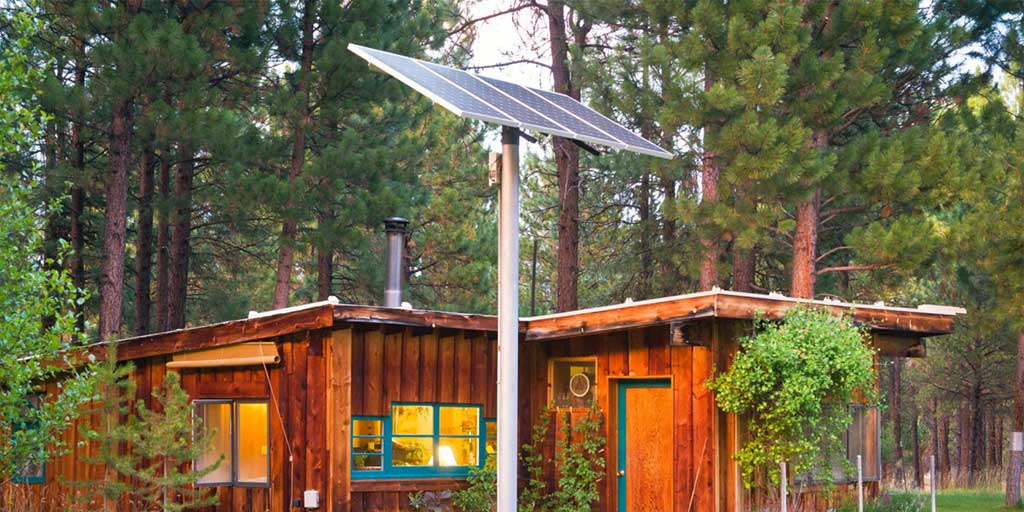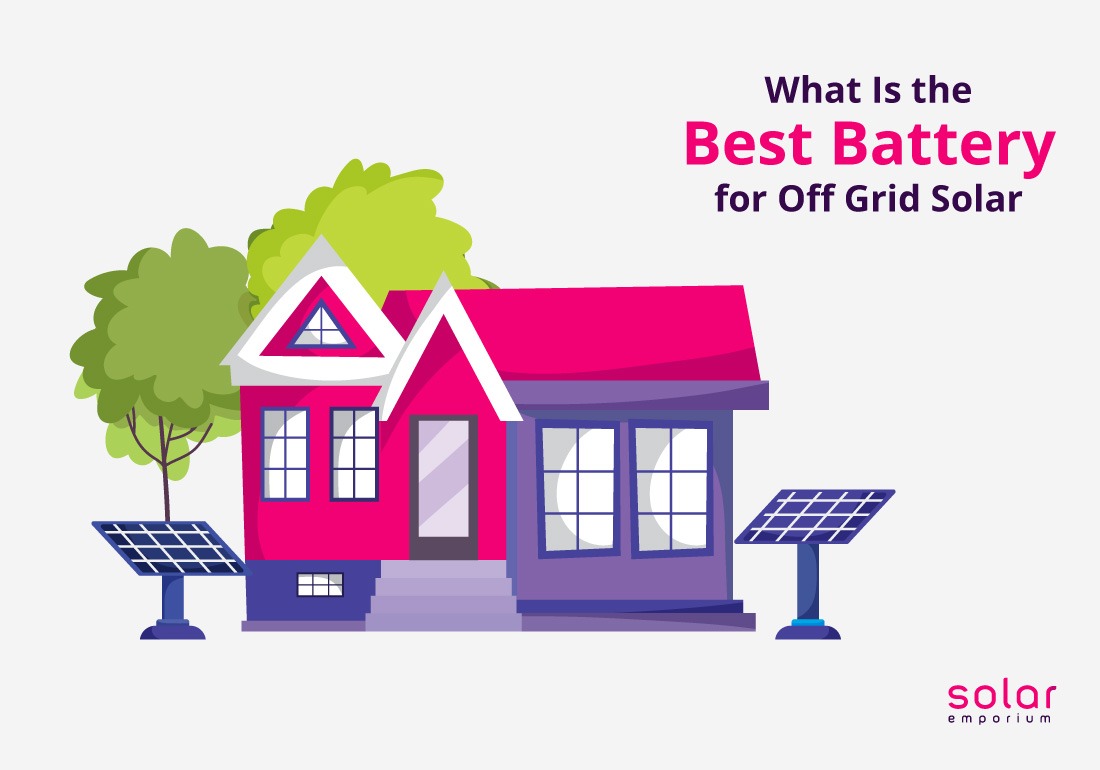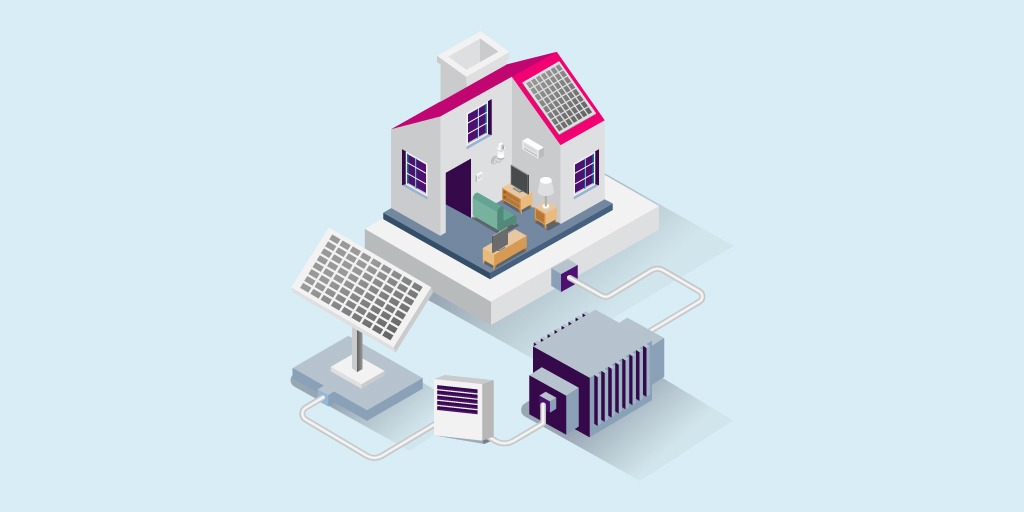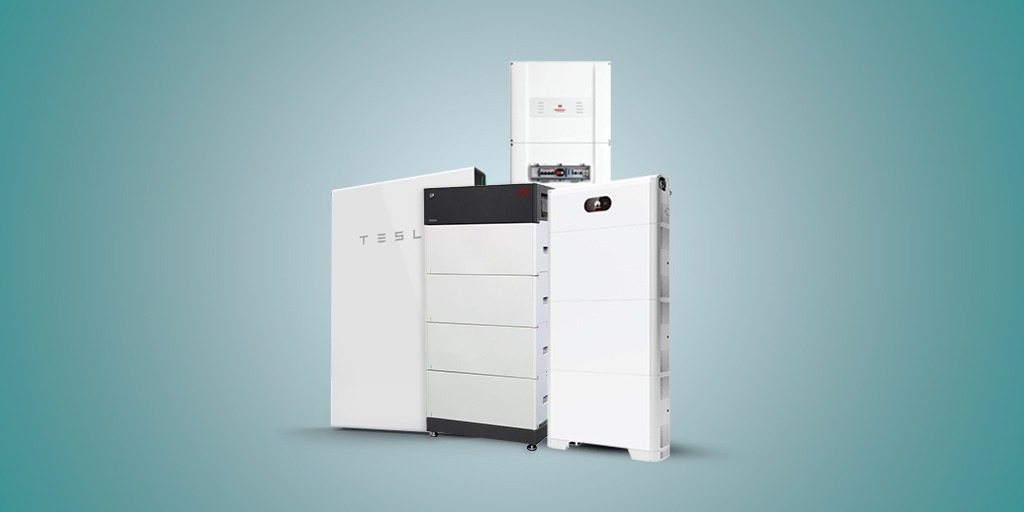Under the federal government’s Renewable Energy Target (RET), there are separate schemes to facilitate the solar rebate in order to encourage consumers into getting a solar panel system. There are federal as well as state incentives in place to encourage the green energy source usage in people’s lives. This way, Australia can transition into becoming one of the leading countries to emit less and less Green House Gases (GHG) in the upcoming years. The government does not plan on continuing the scheme forever. So, when does the government solar rebate end? All the schemes under the RET will be put to an end by the year 2030. So, as time passes, your chances of claiming the rebate reduce bit by bit.
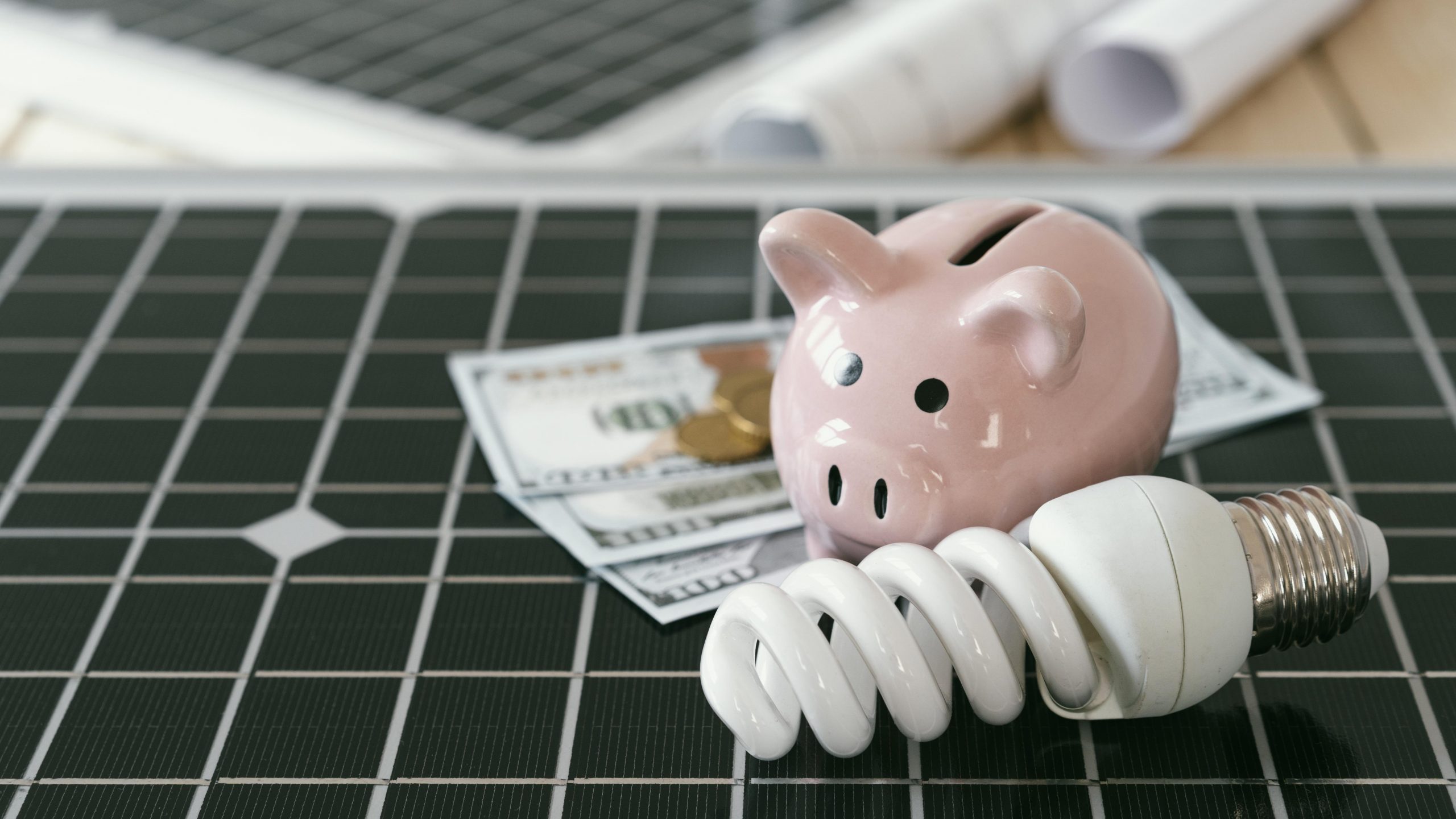
There are many aspects of the rebate and adjacent facts about it. Under the RET, there are mainly two schemes that provide small-scale solar owners and large-scale solar owners with a financial incentive that helps keep the prices down.
Keep on reading to know more about the government rebate.
Renewable Energy Target
Australia’s federal government established the Renewable Energy Target (RET) in 2008. Two programs under the RET make it easier for owners of small- and large-scale systems to get Large-scale Generation Certificates (LGCs) and Small-scale Technology Certificates (STCs), respectively.
These certificates each represent a megawatt-hour of power that was conserved via the use of renewable energy sources. Prices for LGCs and STCs are determined by supply and demand for the certificates rather than by any one body.
What is STC?
STCs are available to households and small enterprises who have or need solar panel systems with a capacity of 100KW or less. Additionally, the yearly electrical products cannot be no more than 250kW. Within a year of installation, certificates must be generated.
Keep in mind that STCs may only be produced by installers who have been certified by the Clean Energy Council (CEC). Additionally, all three components—panels, inverter, and battery—must be included on the CEC list of permitted parts. They won’t be qualified for the program if they don’t.
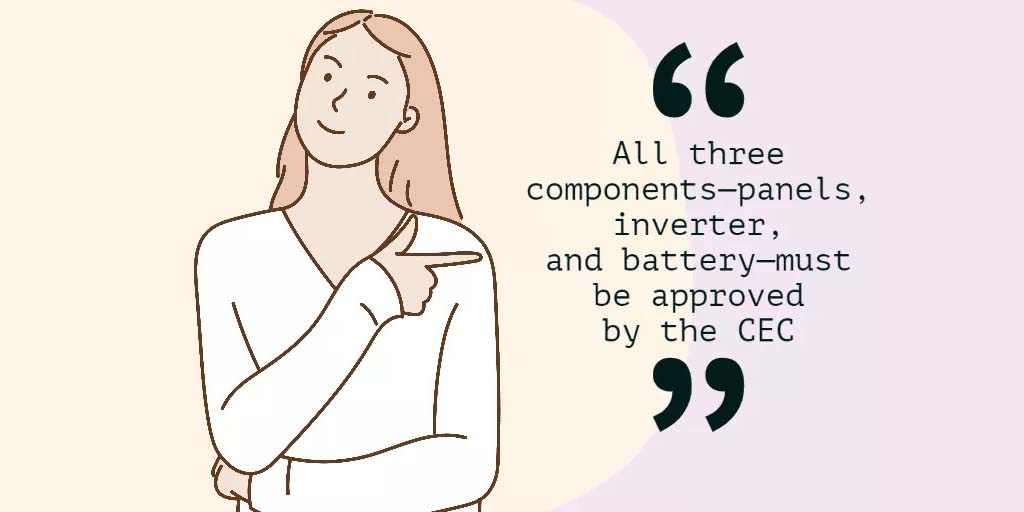
With this plan in place, the Australian government is attempting to shift some of the burdens away from non-renewable energy sources, which is the main culprit behind increasing greenhouse gas emissions.
Deeming Period
In the year 2030, the government intends to abolish the initiative. The financial incentives or the STCs formation permit rate gradually but certainly decrease with each passing year. The deeming period denotes this timeline.
Essentially, it’s the number that tells you how many years are left before the government rebates end, and it’s used to calculate the number of certificates (STCs) to be generated by the approved installers. Simply put, on that premise, a preliminary estimate of STC is produced.
The first calculation of the number of certificates that may be produced is done by adding the estimated amount of MWh of energy that can be obtained from renewable sources up until the year 2030.
But this figure is impacted by the diminishing deeming period, so the earlier one installs an energy-saving technology, the greater the financial incentives one may receive, and vice versa.
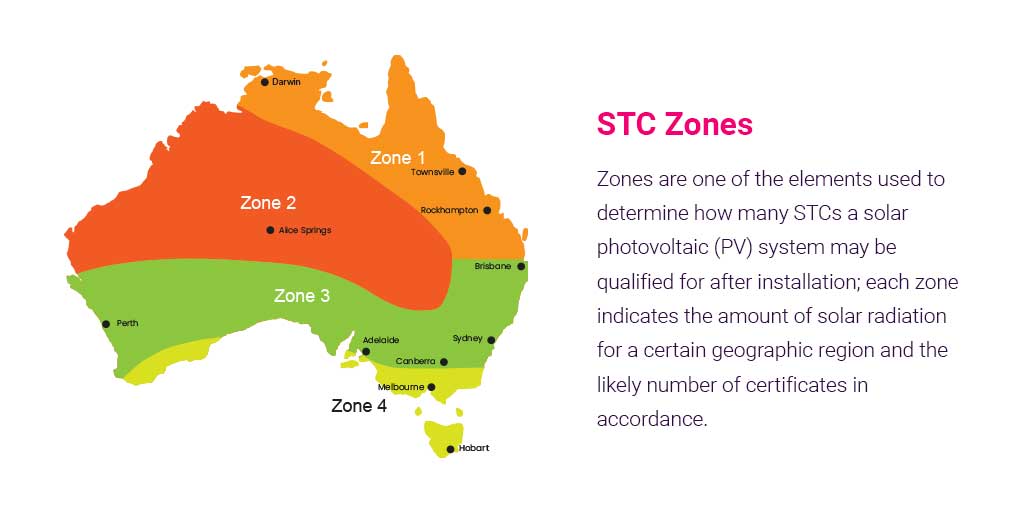
State Solar Rebate
Apart from the federal solar incentives, there are also state solar rebates for specific states that make the transition to the greener source even smoother.
The Victorian government is offering up to a $1400 rebate for PV installation to its residents. With that, there is also an option to claim an interest-free loan of the same amount if the residents are proven to be eligible for such a scheme. A set number of rebates are allocated with each release, and currently, there are 9705 numbers of rebates waiting to be claimed by Victorian residents.
Know more about the Victorian state solar rebate here.
There is also a state rebate scheme going on for the residents of NSW. This initiative offers free 3kWh solar energy systems to low-income homes in a few NSW areas. If you reside in one of the Central Coast, North Coast, South Sydney, Shoalhaven Illawarra, or South Coast low-income household rebate regions, you may be eligible for a free solar system from the NSW government.
However, keep in mind that in order to use the scheme, people must own their property and be content enough to give up their low-income household rebate for 10 years.
Know more about the NSW state solar rebate here.
